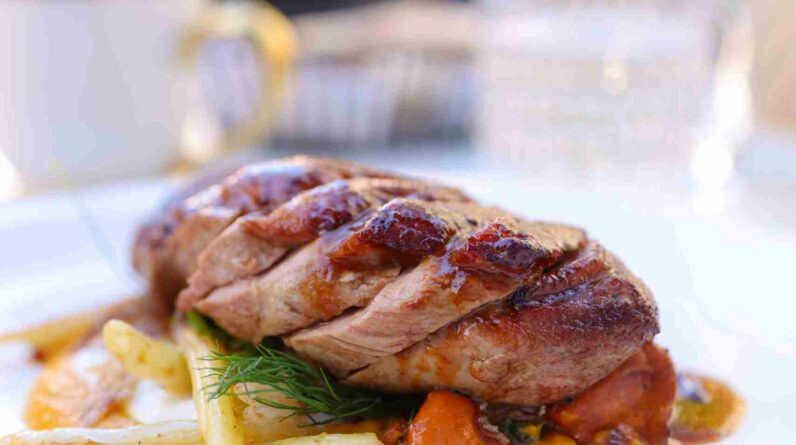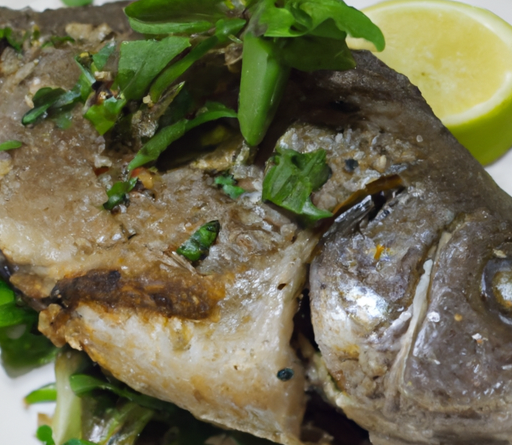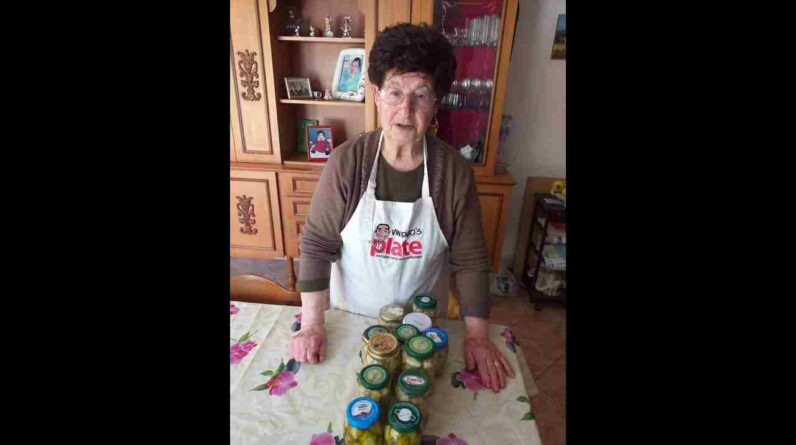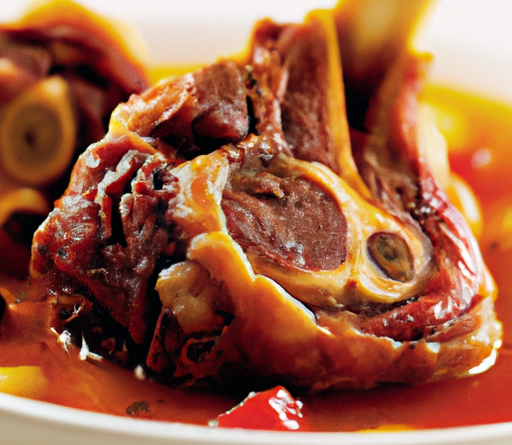Oh, ricotta, how do I love thee? Let me count the ways! If I were to describe the perfect companion for my morning toast or the secret weapon in my lasagna, it would be none other than the fluffy, delightful ricotta cheese. This Italian creation is not just another cheese sitting prettily on the shelf—it’s a low-fat protein source we all should be raving about. Ricotta, which means “recooked” in Italian, was born from cleverness and frugality, as it’s made by reheating the whey left over from the production of other cheeses, such as mozzarella and provolone. A humble beginnings tale that would make any foodie’s heart swell!
Made from sheep, cow, goat, or Italian water buffalo milk whey, this cheese is lighter and creamier than many others you might find in a charcuterie spread, making it a versatile pal in the kitchen. Whether whipped into a velvety filling for ravioli or dolloped atop a fresh, vibrant pizza, ricotta brings a lightness that’s hard to match. Forget the days of leaden, loaded sauces when you have this cloud-like concoress by your side!
Now, let’s talk health. For those of us looking to maintain a high-protein diet without overdoing it on fat content, ricotta is pretty much the dairy dreamboat. Yet, don’t let its delicate nature fool you—it’s packed with essential amino acids and low in sodium. Ricotta can be your ultimate post-workout snack when smeared on a toasty slice of whole-grain bread, or even just savored straight from the spoon (I won’t judge).
Pairing ricotta is a delightful excursion as well. Drizzle with some honey and a sprinkle of cinnamon for a sweet treat, or marry it to figs and a drizzle of balsamic for an appetizer that sings. Let’s not forget it can be the chameleon of your cheese platter, fitting in beautifully whether the theme is sweet or savory.
Embrace the culinary versatility and the rich history of this cheese by incorporating it into your diet. It nestles perfectly within the folds of an eggplant rollatini or layered between pasta sheets in lasagna. And while we’re diving into cultural norms, do as the Italians do: respect the ricotta. In Italy, wasting this precious cheese would be almost like refusing a hug from your Nonna—utterly unthinkable.
Let’s all agree, ricotta doesn’t just deserve a spot in our fridge; it demands one. As a steadfast morning companion or your secret weapon for a creamier, healthier pasta sauce, this is a cheese that’s earned its keep in our hearts—and in every health-conscientious kitchen.
Mozzarella: High in Calcium and Versatile
But enough about ricotta; let’s melt into the world of mozzarella. Now here’s a cheese that truly deserves a standing ovation for its versatility and health benefits. Mozzarella is like the popular kid in school; it gets along with everyone and shines in every dish. Pizzas, salads, sandwiches—you name it, mozzarella can enhance it. No wonder it’s one of the most beloved cheeses across the globe!
Traditionally made from the milk of Italian water buffalo (hello, mozzarella di bufala!), this delightful cheese has made a name for itself. Its origins trace back to the Campania region, where the craft of stretching and pulling the curd, a process called pasta filata, results in the beautifully soft texture we all crave. The delicate flavor of fresh mozzarella, paired with its tender, milky goodness, heightens everything from a simple Caprese salad to a fancy gourmet pizza.
Let’s talk health, though. Mozzarella is a superstar when it comes to calcium—a crucial mineral for maintaining bone and dental health. And it’s not just about the bones; this cheese is chock-full of protein, phosphorus, and zinc, making it a nutritious addition to any meal. Plus, if you’re looking to cut back on some fat, opt for the ‘part-skim’ version and bask in all the cheesy glory without the guilt.
As for pairings? The possibilities are endless. Try pairing mozzarella with a crisp white wine such as Pinot Grigio or throw it into a quinoa salad for that perfect protein punch. And let’s not forget—a drizzle of a rich, aged balsamic vinegar over a slice of mozzarella can take you straight to flavor town. Of course, there’s the classic pizza and mozzarella combo, but hey, why not also try it melted onto roasted veggies or tucked into a panini for a lunch that’ll keep you smiling all afternoon?
We can’t dismiss the cultural norms that surround this cheese. In Italy, mozzarella is not just food; it symbolizes home and comfort. To never offer your guests some fresh mozzarella would be akin to snubbing a dear friend—it’s just not done. So, when you dive into that ball of mozzarella, remember you’re partaking in a storied tradition that has been bringing people together around the table for centuries.
Mozzarella’s versatility means it’s a staple in Italian cuisine and should be a mainstay in your kitchen as well. From sprucing up your breakfast omelette to being the star of your antipasto platter, mozzarella is the hero we all need. It’s not just another cheese; it’s a way of life, a historical marvel, and quite frankly, the epitome of what it means to enjoy food. So next time you find yourself in the cheese aisle, give a nod to the wonder that is mozzarella—your taste buds will thank you.
Parmigiano-Reggiano: Dense in Nutrients

Now, let’s sprinkle our culinary canvas with a little ‘King of Cheeses’ sparkle, shall we? Say hello to the one, the only, Parmigiano-Reggiano. This isn’t just a cheese; it’s a piece of edible artistry, steeped in history and bursting at the seams with nutrients. When you grate Parmigiano-Reggiano over your pasta, you’re not just adding flavor, you’re sprinkling on centuries of Italian tradition.
Originating from the regions of Parma, Reggio Emilia, Modena, and parts of Mantua and Bologna, true Parmigiano-Reggiano boasts a rich heritage that has been protected since the Middle Ages. Yes, you heard that right; it’s been around since the 12th century! This crumbly, nutty cheese has strict production standards and is aged like fine wine—minimum 12 months, although some wheels are left to mature for up to 36 months or more to develop an even deeper flavor.
But let’s sink our teeth into the health aspect—trust me, it’s as impressive as its lineage. Parmigiano-Reggiano is incredibly dense in nutrients; it’s high in protein, vitamin A, and the all-important bone-builder, calcium. And that’s not all—it’s rich in minerals like phosphorus and magnesium, which are crucial for muscle health and metabolic function. In simpler terms? It’s a nutritional powerhouse.
As for using this cheese in your culinary creations, if you haven’t tried a freshly shaved Parmigiano-Reggiano on top of an arugula salad with a squeeze of lemon, you’re missing out. Or better yet, indulge in its robust flavor by savoring a chunk with a drip of sweet and syrupy aged balsamic vinegar—an Italian delicacy that will transport your senses. Want to make friends at any gathering? Bring a Parmigiano-Reggiano. It’s like bringing the life of the party tucked neatly in your cheese board.
Now when we talk pairings, a robust red wine, such as a Chianti or a Barolo, will complement the savory depth of Parmigiano-Reggiano perfectly. But let’s not limit ourselves—how about a nice, bubbly Prosecco to cut through the richness?
As for its place in Italian culture, Parmigiano-Reggiano is more than just a cheese—it’s a symbol of national pride. There’s a saying among Italians, “Parmigiano-Reggiano on everything,” which underlines its staple status in Italian cuisine. It’s often savored on its own, with a drizzle of honey or some fruit preserves, allowing each crystalized bite to tell its story.
Be it gracing your favorite risotto, stirred into a warm pot of minestrone soup, or snuck into your scrambled eggs for a breakfast to remember, Parmigiano-Reggiano is the dependable friend in your fridge, ready to elevate any meal from ordinary to extraordinary. It’s the kind of cheese that knows its worth and has no problem showing it off—and why should it? After all, it’s royalty in the world of cheese!
Pecorino Romano: Rich in Omega-3
Now, let’s take a journey to the robust and vibrant heart of Italian cheesemaking with a cheese that’s not just delicious, but also brings a wealth of health benefits—let’s talk about Pecorino Romano. Imagine a cheese crafted in the countryside of Lazio, Sardinia, and Tuscany, with a lineage as rich as the land it comes from. Pecorino Romano is one of Italy’s oldest cheeses, and trust me, it has the personality to match its venerable age. Cave-aged and made from sheep’s milk, this hard cheese is a favorite among chefs and cheese-lovers alike, and for good reason.
But before we dive into its sharp and tangy glory, did you know that Pecorino Romano is a fantastic source of Omega-3 fatty acids? Yes, those magical nutrients that do wonders for our brain and cardiovascular health. Not only that, but it’s also packed with protein and calcium, proving once again that cheese can be both delicious and nutritious. So, while you’re indulging in that savory bite, you’re also doing your body a favor!
Pecorino Romano’s bold flavor is impossible to ignore and it brings a punch of umami to any dish. Grate it over a big bowl of spaghetti all’amatriciana or cacio e pepe, and watch how it transforms a simple meal into a mouthwatering experience. Its crumbly texture and salty finish make it perfect for adding depth to roasted vegetables, or when sprinkled over a warm, bean-rich minestrone soup.
For the perfect pairing, reach for a glass of bold red wine, like a Montepulciano d’Abruzzo, and let the dance of flavors begin. And if wine isn’t your thing, don’t fret—Pecorino Romano also goes beautifully with a crisp apple or pear, creating a balance that’s sure to please your taste buds.
When it comes to cultural norms, Pecorino Romano is as much about tradition as it is about taste. It takes its name from the Italian word ‘pecora,’ meaning sheep, indicating its pastoral roots. In Italy, Pecorino Romano is often savored at the end of a meal, allowing its rich flavor to linger on the palate as a memorable finale. To fully enjoy Pecorino Romano as the Italians do, take a slice, perhaps drizzled with a bit of truffle honey or fig jam, and savor it slowly, allowing its complexity to unfold.
Pecorino Romano is not just a cheese; it’s a testament to Italy’s culinary heritage. It’s about the herders, the cheesemakers, and the land that all contribute to its distinct savor. With every bite, you’re tasting centuries of tradition and a hearty dose of “la dolce vita.” So next time you’re considering a cheese that’s full-flavored, nutrient-rich, and steeped in history, let it be Pecorino Romano—a cheese that truly captures the essence of Italy.
Gorgonzola: Probiotic Benefits
Whoever said cheese can’t be both indulgent and good for your gut? Allow me to introduce you to the cheese that breaks all the rules: Gorgonzola. This Italian blue cheese is not just a flavor bomb ready to explode in your mouth; it’s also teeming with probiotic benefits. That’s right, your favorite creamy, tangy indulge-fest is actually looking out for your digestive health.
Let’s get a little cheesy history under our belts, shall we? Gorgonzola is one of the world’s oldest blue-veined cheeses, and its origins date back to the 9th century in the namesake town of Gorgonzola, near Milan. It’s typically aged for three to four months, developing those characteristic blue-green veins from the penicillium glaucum mold. The result is a cheese with a unique taste and a texture that can range from firm and crumbly to almost spreadably soft.
The probiotics in Gorgonzola are the little heroes that promote a healthy balance of gut flora. These beneficial bacteria can aid digestion and boost immunity, making Gorgonzola a sneaky health ally disguised as a creamy guilty pleasure. But don’t just take my word for it, let your stomach be the judge!
When it comes to kitchen escapades, Gorgonzola is a dazzler. Melt it into polenta and witness a humble grain turn noble. Toss it with pears and walnuts in a salad, and you’ve got a dish that’s singing with complex flavors. And if there’s one thing Italians know, it’s how to get the most delectable health kick from their food!
Pairing this cheese is a culinary delight. A sip of a sweet and bold dessert wine like Port, or a full-bodied, fruity red wine can create a symphony in your mouth. For a non-alcoholic partner, try pairing it with figs or a drizzle of honey to highlight its richness.
In Italy, Gorgonzola is revered not just for its taste but for its versatility. It’s often enjoyed on a cheese platter at the end of a meal, allowing you to finish on a high (and health-boosting) note. And it’s a cultural faux pas to rush the experience of enjoying Gorgonzola; take the time to let the flavors develop on your palate, the same way a maker would nurture the aging process.
So next time you’re looking for a cheese that’s full of character, history, and benefits for your tummy, reach for the majestic Gorgonzola. Whether it’s taking center stage in a risotto, crumbled on top of a steak, or simply enjoyed with a sliver of pear, Gorgonzola is a testament to the fact that great taste and good health can stand side by side. Embrace the indulgence and the probiotic prowess of this ancient Italian classic—it’s the kind of cheese that turns any meal into an elegant affair for your tastebuds and a hearty handshake for your gut!











